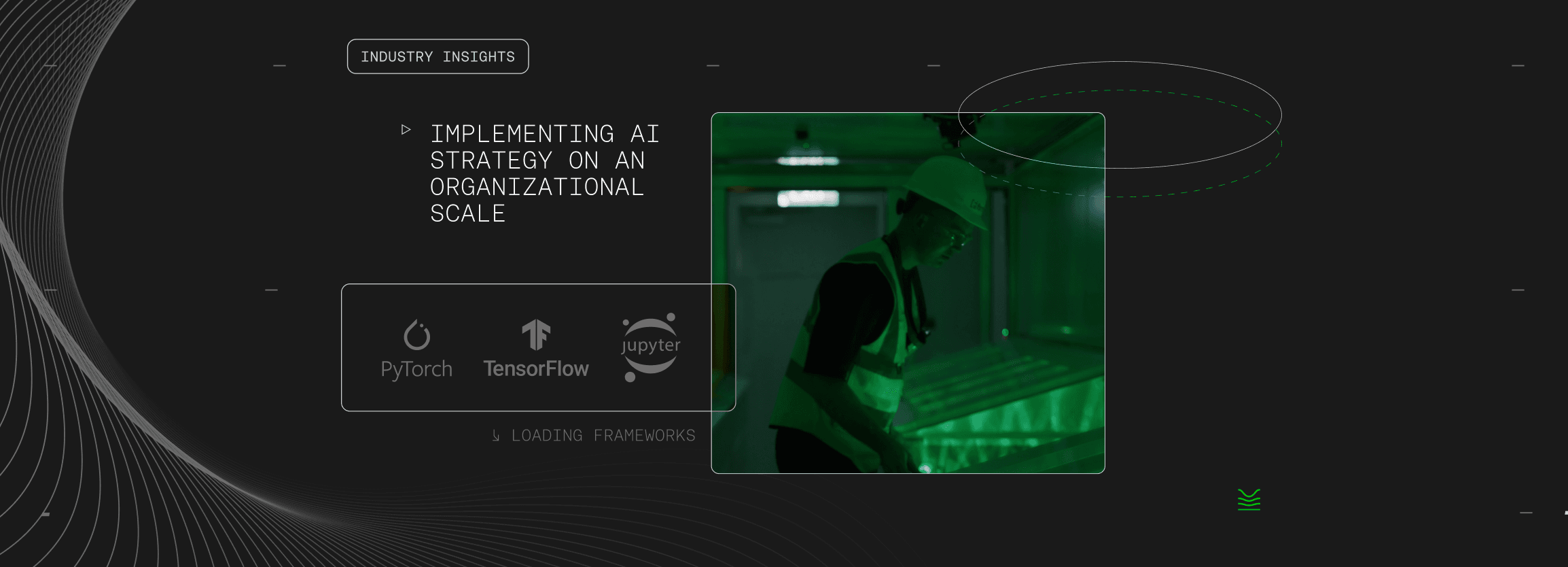2 July 2024
Industry Insights
Sustainable data centres – a challenge faced by all

Key Highlights
- Singapore's Green Data Centre Roadmap: Unveiling innovative strategies to manage resource constraints and improve energy efficiency, including a target PUE of 1.3 over the next decade.
- Generative AI and Energy Challenges: Addressing the global strain on power grids caused by the AI boom and exploring solutions like liquid cooling technologies to reduce energy footprints.
- SMC's HyperCube Technology: Showcasing a 50% reduction in energy use with single-phase immersion cooling, modular designs, and successful retrofitting in existing data centers.
On May 30 this year, Singapore unveiled the Green Data Centre Roadmap and announced that it is allocating 300MW of capacity for data centres. The announcement surprised the market, given a recent three-year moratorium and the relatively small amount of capacity publicly allocated to data centres since it was lifted.
In a speech at the ATxSummit 2024 conference that same day, Singapore’s Senior Minister of State Dr Janil Puthucheary shed some light on the move. Singapore, he said, is determined to turn the various resource constraints it faces into an opportunity to innovate and capture value from the growth of sustainable data centres.
The challenge of sustainability is hardly unique to Singapore; every country will eventually face these constraints, he noted.
An impending resource crunch
We already know that the generative AI boom is straining power grids around the world. A recent report in The Washington Post pointed to how AI is badly skewing power grids in the United States, delaying the retirement of some coal-fired plants and leading to the expansion of fossil fuel use to cope.
Similar challenges abound in Asia as nations build data centres at a breakneck pace. The state of Johor in Malaysia, which a few years ago had just 10MW of data centres, recently saw the completion of 1,280MW of data centres with another 1,490MW to be completed soon. The push for data centres in Malaysia could strain power and water supplies, experts warn.
Governments in Malaysia and elsewhere are already reacting to the impending resource crunch. A powerful Johor State Data Centre Development Coordination Committee (JPPDNJ) committee had its inaugural meeting in June to better manage data centre growth, and work is being done to draw up planning guidelines for new data centres.
Beyond offering strong incentives for the adoption of renewables, Singapore’s Green Data Centre Roadmap also calls for data centres to eventually achieve a PUE matching or exceeding PUE of 1.3 over the next 10 years, as well as improving their water usage efficiency (WUE). This includes existing data centres as the nation-state pushes for more judicious use of resources in data centres.
Roadmap for innovation
One thing that stood out about the Green Data Centre Roadmap was its focus on fostering innovation in the data centre industry. It highlighted several existing research and development projects, from a 500kW industry testbed facility at the National University of Singapore, a Green Computing Funding Initiative (GCFI), green software trials, and over two dozen low-carbon energy research projects.
Specifically, it lays out a vision that sees the data centre industry coming together to improve energy efficiency, as well as building bridges between traditional data centre stakeholders and both upstream and downstream equipment suppliers, chip makers, and energy suppliers.
The objective? To develop novel solutions for efficient green data centres.
In the meantime, the roadmap contained several suggestions for improving facility-level energy efficiency. We know that as server rack density keeps rising, data centre operators will need to consider liquid cooling technologies for more efficient cooling. One approach would be to tailor the appropriate cooling solutions to meet the specific needs of customers.
On that front, SMC was mentioned in the roadmap as a case study for how our use of immersion cooling resulted in a reduction of energy footprint by up to 50% compared to traditional GPU cloud services. This gives us a partial PUE of less than 1.02, lower than alternative cooling systems – and reduces the cost of operating GPU servers.
Twice the work for the same energy
Cognisant of the pressing need for sustainability, the team at SMC had focused on an end-to-end strategy with our HyperCube since the very beginning. This allowed us to push the envelope of what is possible with single-phase immersion cooling, designing every element to create a unique environment to increase cluster density by four times and lower energy use by half – effectively allowing us to do twice the work for the same energy.
The HyperCube isn’t magic but did involve sheer persistence to find a solution that works, engineering rigour, and a dash of creativity. For instance, instead of going with standalone immersion tanks like everyone else in the industry, we innovated and developed interconnected tanks that allowed us to power as many as nine tanks using a single pump. We utilise condensed chiller water to achieve further energy savings.
The HyperCube was also designed to be modular. This opened the door to retrofitting an existing data centre, potentially tapping into unused grey space. We utilised this advantage in our deployment at STT MediaHub where we installed the HyperCube 1000 – the world’s first turnkey, sustainable AI factory, in the data centre’s underground car park.
Ultimately, our technology lets us provide AI infrastructure that dramatically decreases energy use and carbon emissions to address the resource challenges that all nations will eventually face. We are nowhere near done yet, however. We continue to invest heavily in research and development to support the latest AI systems such as the upcoming B200 GPUs from NVIDIA.

